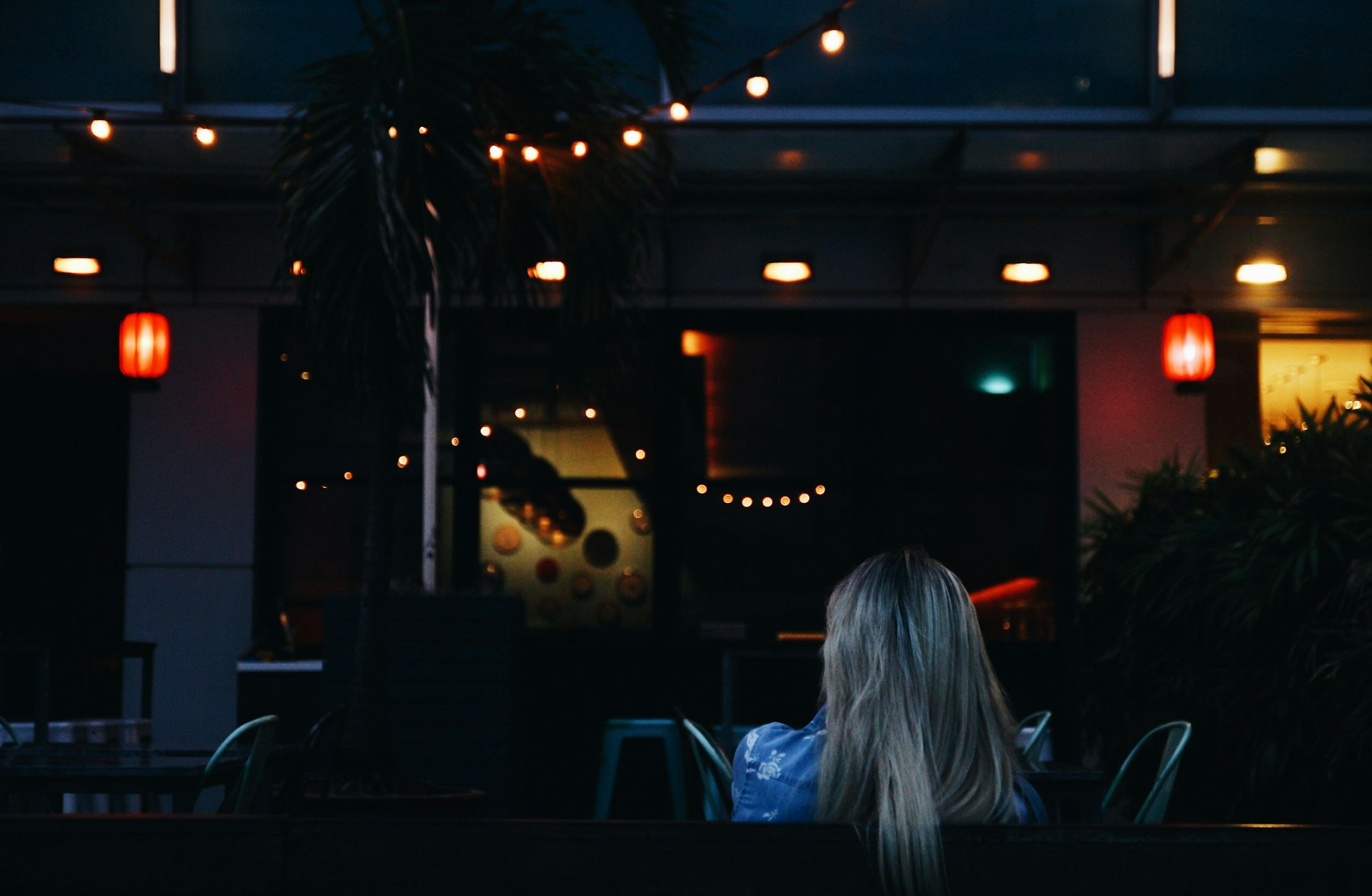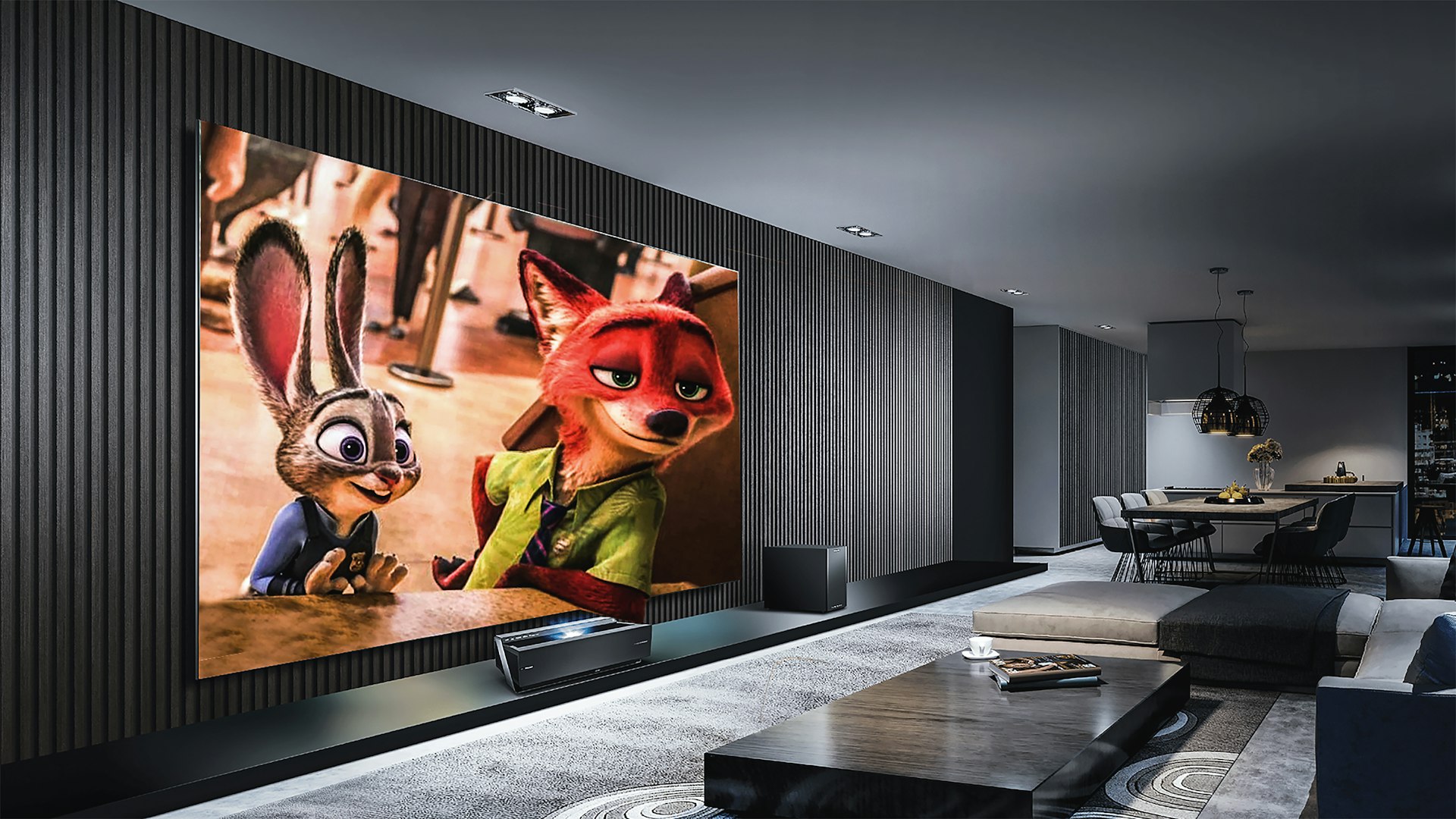Unlocking Creativity: The Rise of AI-Generated Art in Entertainment Media

Photo by Simona Sergi on Unsplash
Introduction: The Emergence of AI-Generated Art in Entertainment
Artificial intelligence, once seen as a tool for data analysis and automation, is now at the forefront of a creative revolution in entertainment media. Its ability to generate original art-whether visual, musical, or narrative-is reshaping how movies, games, music, and digital experiences are produced and consumed. This article explores the impact, practical applications, and actionable guidance for leveraging AI-generated art in entertainment.
How AI Is Transforming Creative Workflows
AI has evolved from supporting backend processes to actively driving creative front-end experiences. Modern editing software uses AI to analyze raw footage and suggest edits, while generative AI models can create entirely new visuals or audio content from simple prompts. For instance, platforms like DALL·E 2, Midjourney, and Stable Diffusion allow creators to produce concept art and storyboards at unprecedented speed. Filmmakers and game designers now generate dozens of character or scene variations with minimal manual effort, dramatically reducing time and resource requirements [1] .
AI in Visual Effects and Animation
Visual effects (VFX) and animation have traditionally demanded large teams and months of work. AI tools streamline these processes by automating repetitive tasks and offering creative enhancements. For example:
- Automated Rotoscoping: AI can apply stylized animation to live-action footage, as demonstrated by Corridor Digital’s anime-style short produced using Stable Diffusion. This approach, while debated, enables unique aesthetics without manual frame-by-frame editing [1] .
- AI-Driven Simulation: Studios like Disney leverage AI in tools such as Autodesk Maya’s Bifrost to simulate realistic effects-fire, smoke, water-saving animators countless hours and enabling visual spectacles once considered too complex or expensive [5] .
Implementation Steps: To integrate AI-generated visuals into production, studios should:
- Identify suitable AI platforms for concept art or animation (e.g., DALL·E, Stable Diffusion).
- Train models with custom datasets if proprietary styles or characters are required.
- Review and refine outputs with human artists for quality and consistency.
- Incorporate AI-generated assets into existing editing or animation workflows.
Alternative approaches include collaborating with specialized AI studios or commissioning bespoke models for unique projects.
Music Composition and Sound Engineering
AI platforms like AIVA now generate original, royalty-free music tailored to diverse genres. These systems analyze existing musical styles and produce compositions that serve as soundtracks, scores, or ambient audio. AI also powers voice cloning and synthetic dubbing, allowing creators to localize content rapidly for global audiences. For example, DeepDub uses AI to match the original actor’s tone and delivery in multiple languages, streamlining international releases [2] [3] .
Practical Guidance: To incorporate AI-generated music:
- Choose an AI music platform (such as AIVA) and specify desired style and mood.
- Review generated tracks for fit and make adjustments via platform controls.
- Ensure licensing and royalty terms are understood before distribution.
- For voice synthesis, research available dubbing platforms and test voice samples for accuracy.
Some platforms provide free trials or demo accounts. For complex projects, consider working with audio engineers familiar with AI tools to balance creative intent and technical output.
Personalized Storytelling and Adaptive Content
Generative AI enables hyper-personalized entertainment experiences. In gaming, AI-driven non-player characters (NPCs) adapt to player behavior and create dynamic storylines. In film and streaming, platforms are experimenting with content that changes based on viewer choices, facial expressions, or emotional cues. Gartner predicts the arrival of a major blockbuster with 90% AI-generated content before 2030 [2] .
Netflix uses machine learning to personalize recommendations and even develop new content based on user preferences. Synthesia allows for AI-generated video avatars, making personalized media scalable and cost-effective [3] .
Implementation Steps:
- Analyze audience data to identify preferences and behavioral trends.
- Deploy AI-powered personalization engines for recommendations and adaptive content delivery.
- Test interactive storytelling features with small user groups and refine based on feedback.
- Monitor ethical considerations and user privacy when collecting personal data.
Organizations may start with off-the-shelf personalization tools or work with AI development partners specializing in entertainment analytics.
Case Studies: Real-World Applications of AI-Generated Art
Film:
The short film
Critterz
used DALL·E to generate thousands of images, condensing a six-month production schedule into weeks. While human input was still essential (for scriptwriting and voice acting), AI-art accelerated the visual creation process
[2]
.
Music: Pop artist Grimes launched a website allowing users to create and distribute songs with an AI clone of her voice-sharing royalties with creators. This democratizes music production and enables fans to participate in the creative process [2] .
Video Games: AI-generated art is being used for rapid prototyping of characters, environments, and even adaptive storylines. Game studios are integrating AI to create immersive worlds, realistic NPCs, and dynamic soundscapes [1] [3] .
Challenges and Solutions
Adopting AI-generated art in entertainment media presents challenges:

Photo by Simon Noh on Unsplash
- Quality Control: AI-generated assets may require human revision to meet professional standards. Hybrid workflows-where artists refine AI outputs-are recommended.
- Ethical Concerns: Issues around copyright, voice and image cloning, and the replacement of human artists must be navigated. Always verify licensing terms and respect creator rights.
- Technical Limitations: AI models are only as good as their training data. Customization and regular updates are essential for maintaining relevance and quality.
Solutions include investing in staff training, collaborating with AI-focused studios, and establishing ethical guidelines for responsible use.
How to Get Started with AI-Generated Art
If you’re interested in applying AI-generated art in entertainment media, consider these steps:
- Research available AI tools and platforms for your target medium (visual, audio, video).
- Experiment with free or trial versions to gauge capabilities and fit.
- Consult with creative professionals experienced in AI integration.
- Plan pilot projects to test workflow impact and audience response.
- Monitor industry developments via reputable sources and media technology conferences.
When seeking platforms, search for terms like “AI art generator,” “AI music composition,” or “AI animation tools.” For official industry updates, visit sites such as IDC, Gartner, or established entertainment media publications.
Alternatives and Future Directions
While generative AI offers powerful tools, some organizations may opt for semi-automated or human-guided workflows to preserve creative control. Open-source AI models can be customized for unique styles, while traditional animation and composition techniques remain relevant for high-touch projects. The future points towards increasingly immersive, interactive, and personalized content, with AI as a creative partner empowering both established studios and independent creators [4] .
Summary and Key Takeaways
AI-generated art is rapidly changing the landscape of entertainment media, enabling faster production, lower costs, and new creative possibilities. By understanding the available tools, ethical considerations, and practical steps for adoption, industry professionals and aspiring creators can harness AI to unlock innovation and reach broader audiences.
References
- [1] PlayBox Technology (2025). AI in Media and Entertainment: Applications, Case Studies, and Impacts.
- [2] Richard van Hooijdonk (2025). How AI is Transforming the Entertainment Industry.
- [3] Biz4Group (2025). AI in Media and Entertainment: Use Cases with Examples.
- [4] Mission Cloud (2024). 7 Use Cases for Generative AI in Media and Entertainment.
- [5] DAS42 (2025). AI in Media & Entertainment: Real-World Examples.



